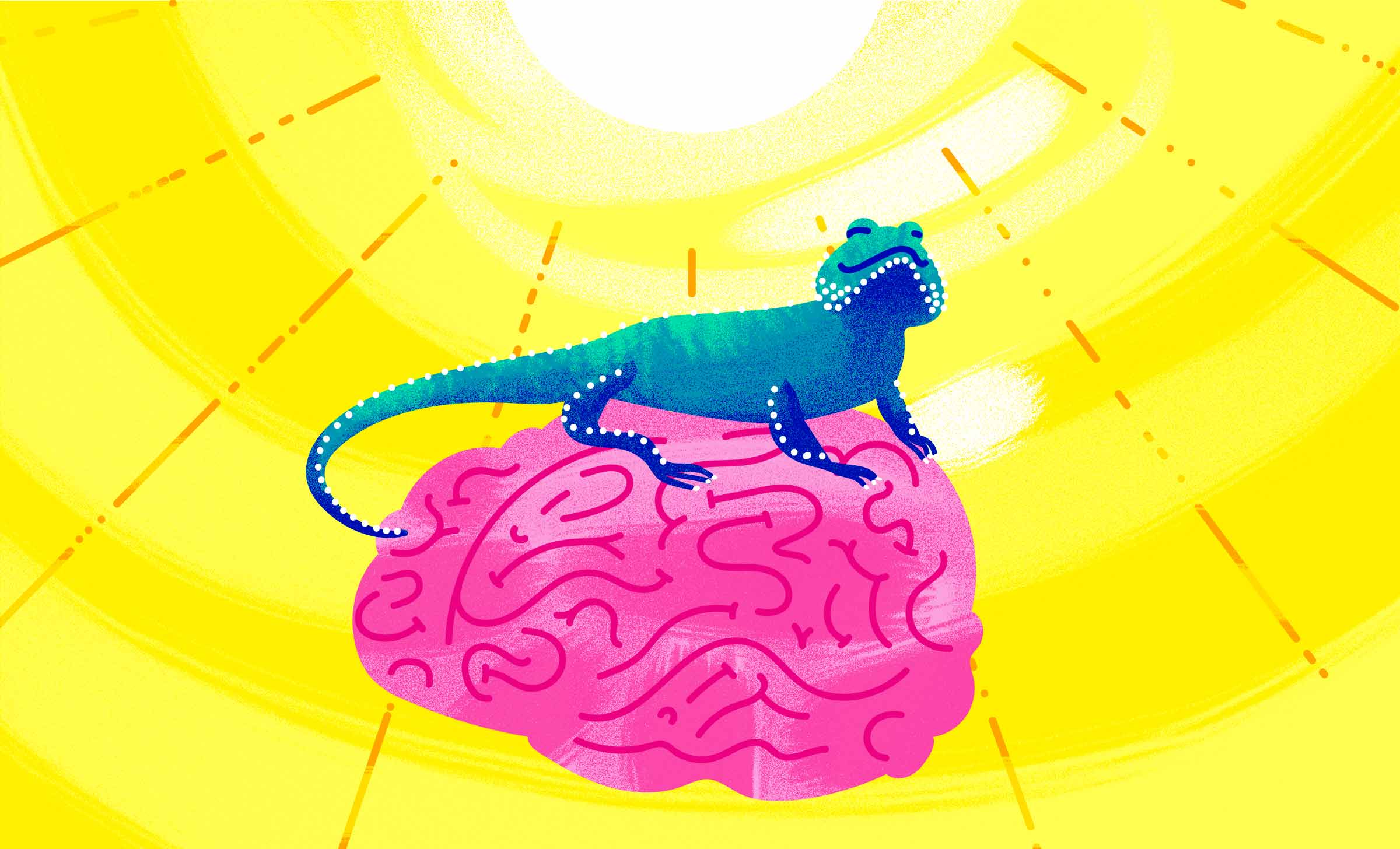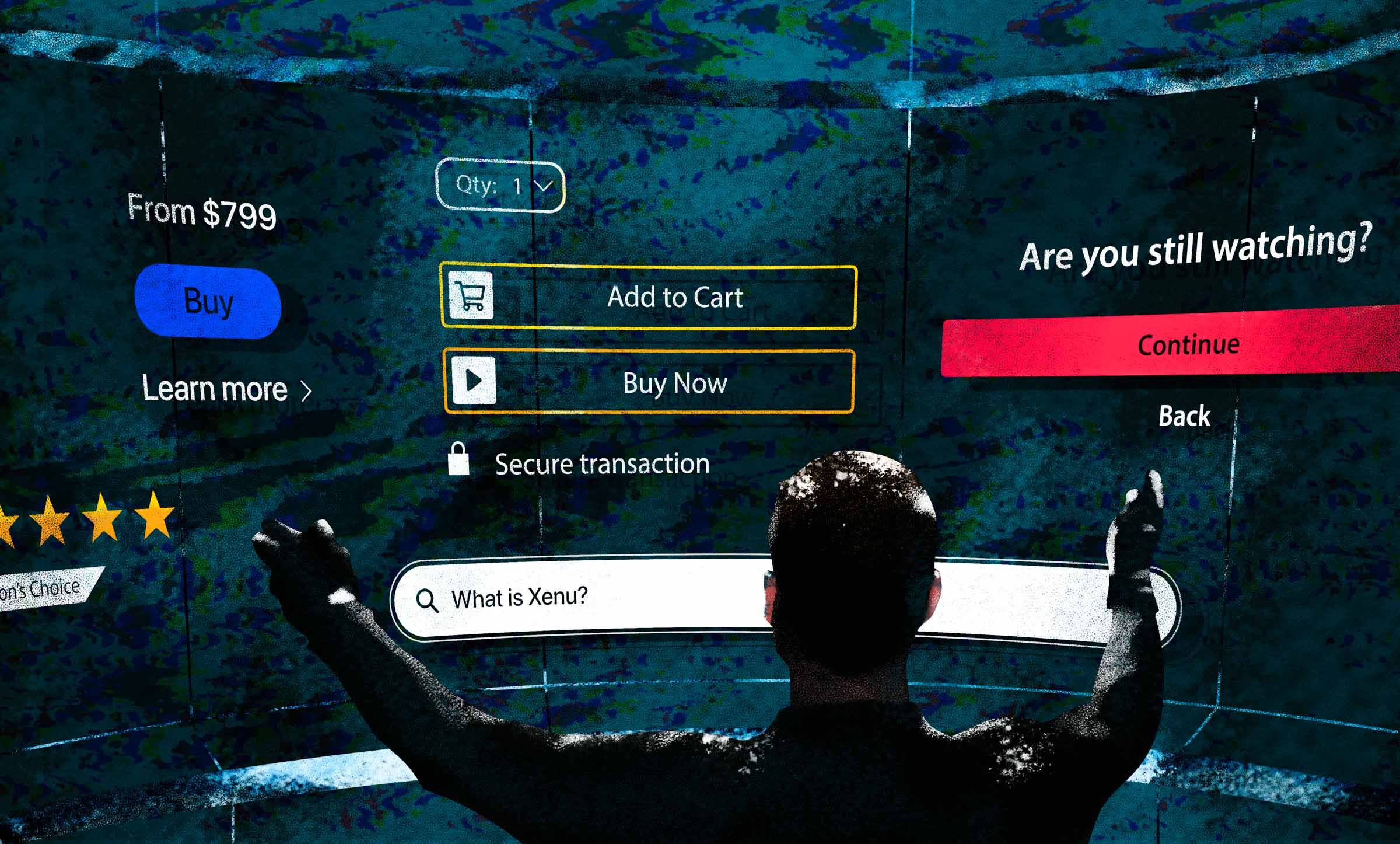Sometimes More is Actually More: Creating Interfaces for Expert Users
4 min read
Not all users are the same.
Users are different from one another. I know, shocker. Some are tech savvy. Others are not. We tend to prefer these two simple groups. But there is another, often overlooked type of user: the expert. And experts want things that often seem deeply at odds with often heard, less-is-more notions of interface usability. Let’s compare the three.
1) Unsophisticated Users
Some folks are brand new to digital products or just don’t readily connect with them. They lack a smooth, seasoned approach to digital interfaces. You’re probably familiar with these people. One of them is your Aunt Paulette. Unsophisticated users:
- Can be any age, but skew older.
- Use popular, consumer digital products.
- Rely on basic mental models and are confused by your fancy UI.
- Are slow and methodical.
- Can be downright technophobic.
2) Power Users
Some people are quite comfortable using digital products. They’re tech-savvy. You’ve met folks like this, they might be your son or daughter. Perhaps they work in your IT department. They tend to be:
- Younger.
- Highly confident in a digital setting.
- Impatient, rushing through tasks.
- Unlikely to read directions or ask for help.
You might think of tech savvy, power users as the polar opposite to unsophisticated users, but they’re actually the middle ground. There’s a third, ridiculously proficient group that you need to (and might not) know about.
3) Expert Users
When power users add deep experience and specific knowledge to the mix, they become expert users. Not only are these folks entirely comfortable with complex interfaces, they are highly conversant in the industry-specific data, details, and jargon that go along with them.
Experts use analysis software, spreadsheets, data dashboards, and productivity suites tailored specifically to their company, industry, or profession. They use these tools all day, every day. This constant use (not to mention direct training) builds UI muscle memory, which makes experts highly proficient.
They care about this proficiency more than anything, judging every interaction by its effect on efficiency and productivity. When using a system, experts ruthlessly ask:
- Is it lightning fast?
- Can I see everything I need right away?
- Does it get in my way?
- Can I use this all day long?
Different users need different things.
Different users need different things from digital products, and experts need really, really different things.
Satisfaction is important to unsophisticated users.
For the less savvy (most everyday people out there), confusion is the enemy. Regular people don’t want to struggle booking a vacation or doing their taxes online. They want things simple, uncluttered, and direct. It doesn’t even matter if it takes time—if it’s low stress, it’s a victory. A less-is-more approach works for them.
Power users don’t want to waste time.
Tech-savvy users are always in a hurry. They may use simple products or complex products but are moving quickly regardless. They find keyboard shortcuts or system workarounds, anything to speed up their workflow. As long as you give them ways to deal with your system quickly, they’ll likely be happy.
Expert users demand efficiency.
Experts use specific, complex, often customized tools. They require, above all else, efficiency. They will radically hate anything that gets in the way of productivity.
Experts demand more from the systems they use. They often perform serious data analysis requiring open-ended inquiry using multiple products. If that sounds complex, it is. These are vague tasks with multiple paths to success. Speed is important, of course, but experts care more about effective use of whole systems.
To get daily work done, expert users need to see lots and lots of data. They crave information-dense views. White space? Fill it. Seriously, like now. Interfaces that are too simple to support these complex needs will always miss the mark.
That means your typical less-is-more approach will actually hinder expert users, who salivate over interfaces that Aunt Paulette would find horribly cluttered, cramped, and confusing. Interface beauty, it seems, is in the eye of the user.
Approach expert users differently.
Expert users have starkly different needs from other users. Creating digital products for them requires deep understanding of their day-to-day work and recognition of their need for interfaces that support their open-ended tasks.
To create great products for them, you’ll need to abandon some of your dearly held beliefs about what makes an interface usable. What experts need will likely grieve your spacious-design-preferring, cut-everything-and-then-some heart.
Don’t worry—you can still chop, shrink, and simplify interfaces for the masses. But expert users will love you for allowing them to be their data-heavy, densely-filled-screen-preferring, efficiency-centric selves.





